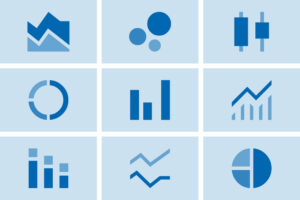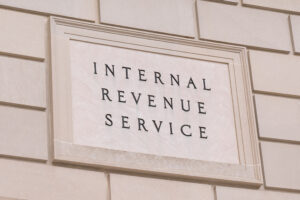Spending in the federal budget is grouped into categories, which are known as budget functions. Each function includes a group of activities or programs that have a similar public purpose, which is helpful for comparing and analyzing overall spending priorities. The 10 largest budget functions for 2024 are listed below.
- Social Security ($1,461 billion). The Social Security function includes the two programs administered by the Social Security Administration: Old Age and Survivors Insurance and Disability Insurance. This function includes both benefit payments to retired and disabled workers (and their spouses, survivors, and dependent children) as well as the cost of administering the programs.
- Health ($991 billion). The Health function includes most direct healthcare services funded by the federal government (other than Medicare); health benefits for federal employees and certain retirees; and the treatment, assessment, and prevention of health-related issues in the United States. Examples include Medicaid, the Children’s Health Insurance Program, and activities carried out by agencies such as the National Institutes of Health, Centers for Disease Control and Prevention, and Food and Drug Administration.
- Net Interest ($880 billion). The Net Interest function includes interest payments on the federal debt paid to private holders of U.S. Treasury securities. It is partially offset by interest income on loans as well as earnings from the National Railroad Retirement Investment Trust.
- Medicare ($874 billion). The Medicare function consists entirely of the Medicare program, which provides health insurance to Americans 65 or over and people with disabilities. Most of the spending goes toward the provision of medical services and prescription drugs.
- National Defense ($874 billion). The National Defense function covers the military activities of the Department of Defense. In addition, some funding in this function goes toward the defense-related activities of other departments, such as Department of Energy nuclear programs and the Federal Bureau of Investigation.
- Income Security ($671 billion). The Income Security function includes programs that provide cash and other government assistance to individuals in need, such as those who are unemployed or earning a low income. Examples include unemployment compensation, the Supplemental Nutrition Assistance Program, Supplemental Security Income, Temporary Assistance for Needy Families, certain federal retirement programs (other than Social Security), and housing assistance. In addition, refundable tax credits (payments that exceed taxes owed) fall into this budget function.
- Veterans Benefits and Services ($326 billion). The Veterans Benefits and Services function includes the spending of the Department of Veterans Affairs and affiliated programs. Most of the spending in this function is for veterans’ compensation, pensions, and health care.
- Education, Training, Employment, and Social Services ($306 billion). The Education, Training, Employment, and Social Services function includes federal funding for the Department of Education and social service programs administered by a variety of agencies to educate and train workers. It also includes the Library of Congress and certain research and cultural institutions, such as the National Endowment for the Arts and the Smithsonian.
- Transportation ($137 billion). The Transportation function includes spending on highways, public transit, the Transportation Security Administration, the Federal Aviation Administration, the Federal Railroad Administration, and most programs of the Coast Guard.
- Community and Regional Development ($85 billion). Community and Regional Development supports both facilities and financial infrastructure. It includes grants and programs to encourage urban development, grants to develop depressed areas, and disaster relief and insurance in communities that are recovering from natural disasters.
Source: Office of Management and Budget, Historical Tables, Budget of the United States Government: Fiscal Year 2026, June 2025.
Photo by Mark Wilson/Getty Images
Further Reading
Chart Pack: The U.S. Budget
A selection of key charts that give an overview of the major components in the U.S. federal budget.
Budget Basics: Who Pays Taxes?
The fairness of our federal tax system is a hotly debated issue. Too often, however, those debates confuse or misrepresent important facts.
Debt vs. Deficits: What’s the Difference?
The words debt and deficit come up frequently in debates about policy decisions. The two concepts are similar, but are often confused.


